Subtotal: $19.80
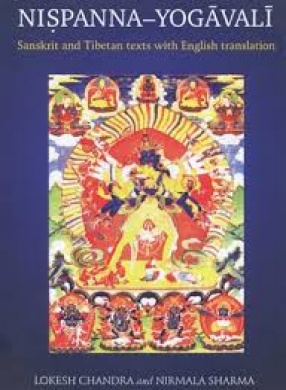
Showing all 14 books
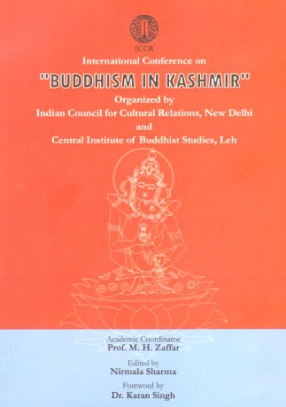
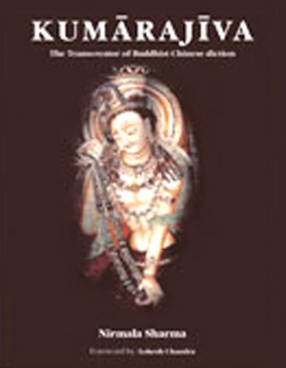
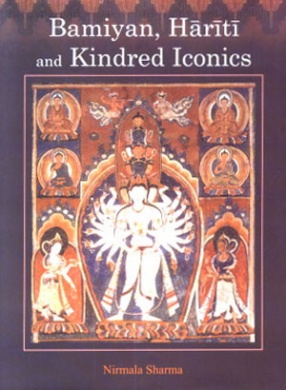
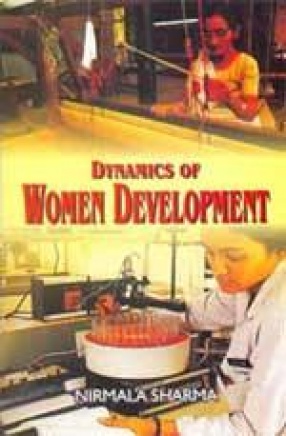

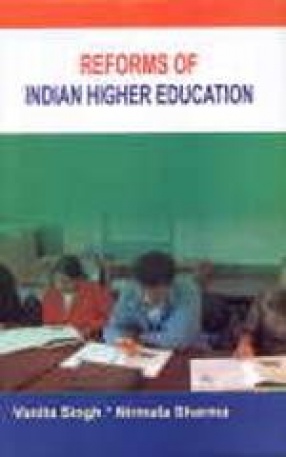

The Nispannayogavali (NSP) has been a major source for the identification and symbolism of the mandalas for the last sixty years. It was written by Abhayakaragupta who headed the great Vikramasila monastery. Born as the son of the King of Singala, he was ordained in the Sarvastivada tradition, and studied the Tantras at Nalanda and Vikramasila. Vajrayogini appeared to him and said: write an extensive ritual of mandalas. He authored a trilogy of texts on the ...

Buddhism in Kashmir has the contributions of sixteen professors from India, Hongkong, Moscow, Berlin, Kathmandu and Bangkok. It details the work of Kashmiri masters in the transmission of sutras to China, the legendary visit of Lao-tzu to Kashmir, the role of Kashmiri teachers in Khotan and Tibet, the articulation of Vaibhasika doctrines by Sanghabhadra in a Chinese translation by Xuan zang, Buddhist terracottas, stupas and monastery in Ambaran Jammu deification ...
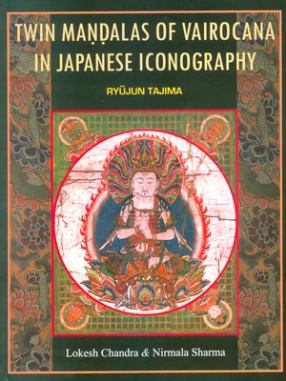
A fundamental work for the philosophic and artistic understanding of the theory and graphic representation of the mandalas in general and especially in the Shingon tradition of Japan. Details the philosophy, patriarchs and sacred canon of Mantrayana, its ulterior development into two branches in Japan, the nature and different kinds of mandalas, as well as their classification and essential principles. The twin mandalas of Vairocana based on the ...

This work by Prof. Nirmala Sharma is the first full-length narration of the extraordinary life, immense literary output, manifold philosophical perspectives of Kumarajiva and the development of a new translation methodology by him. He is the great transcreator of Buddhist Chinese diction. His oeuvre covers all genres of Buddhist literature. All his works, both extant and lost, are detailed. The author discusses at length his crucial texts that became the ...

The book begins with the sunyata of Bamiyan, discusses its international nexus, the tragic history of its destruction where Hazara tribals once lit an occasional lamp to the glory of their ancestors, its influence on the Buddhist sculptural tradition, the failure of all efforts to prevent iconoclasm, or the positive comment of an Afghan: 'interest in Afghanistan's past gives hope for Afghanistan's future'. The arise of a colossal Maitreya at ...

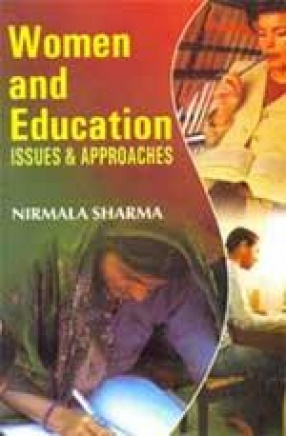
This book express all the important issues of women’s education. Women education is of paramount importance as to educate a women mean to educate a family, or society as a hole. The idea that women would be kept away from most occupations no longer finds favour. It might be that certain occupations are not suited for women, but that is a different matter. So it is highly necessary that we should develop our education, among our girls specially because men are ...

The present study is devoted to highlight the women development –Past trends and future prospects. The main contents of book are Women Development Action and Women Development; Communication and Women Development; Women Development Agents; Women Development Through Sericulture; Social Instincts and Women; Psychosocial Analysis of Women and Development; Women Development: Past Trends and Future Prospects; Women in Informal Sectors; Decision-Making Process and ...

The Study of development, organization, functioning and classification of human societies is known societies is known as sociology in conventional sense. Though sociology may be accord the place of mother of all social sciences. This book is devised as introductory text to sociology. All important topics are given an elaborate treatment. Devised on the findings of various sociologist, this work has become an authoritative references book. The readings are ...

One of the most important sources of curriculum and curricular change has been the knowledge explosion. Since it is manifestly impossible to teach everything there is to know, educators must select from among a growing number of options that which is most appropriate and important for a child to know. With the expansion of knowledge, the ability of students to think for themselves and act like scientists became important curricular objectives, in addition to the ...
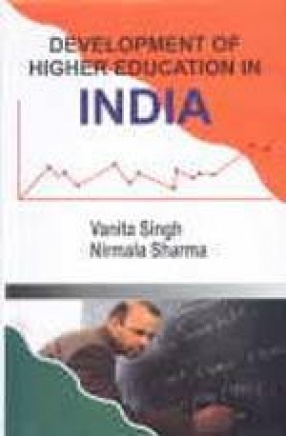
At present, the higher education, system comprising of general, technical, medical and agricultural streams, is fragmented in terms of structures and policies. Greater cooperation among the streams should be encouraged by promoting networking, sharing of facilities and development of manpower including teachers' training/orientation facilities. There should be greater coherence in policy and planning. To adequately meet these requirements, the NPE had envisaged ...
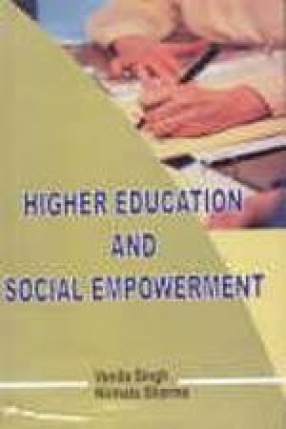
Society and the academy once appeared to have such an agreement. After World War II, stimulated by the success of the GI Bill, a social compact seemed to exist between American Society and Higher Education. Although bows to state and regional differences are always in order, this compact clearly covered the country. It rested on a few felt but unwritten principles--on trust, not rules. Americans accepted as an unquestioned act of faith that access to a college ...
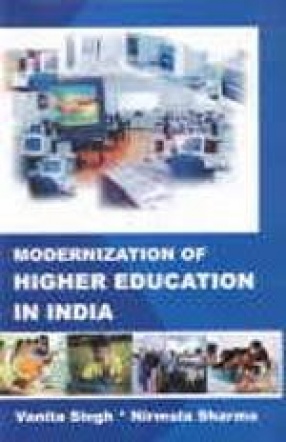
As educational systems become more marketised, colleges, schools and non-formal education agencies seeks to build relationships based more on viewing learners as customers rather than participants. The main role of the teacher-turned-classroom manager is to legitimate through mandated subject matter and educational practices a market-based conception of the learner as simply a consumer of information. The result of this incursion by commerce and the widespread ...

The governance and coordination of higher education differs enormously by public versus private control, type of institution, and state, and it differs within each of these categories as well. Historically, most higher education institutions had their own governing boards although their powers and those of different campus constituencies varied widely. While most institutions and almost all private ones still have individual campus governing boards, most students ...
